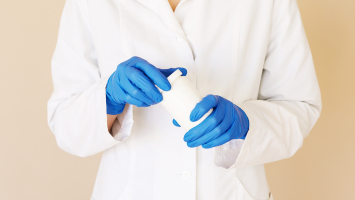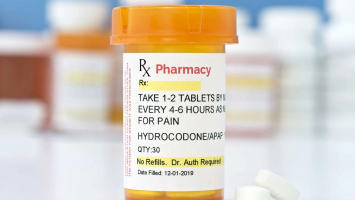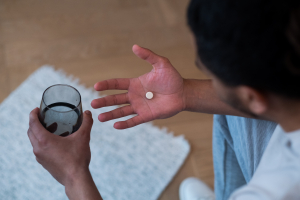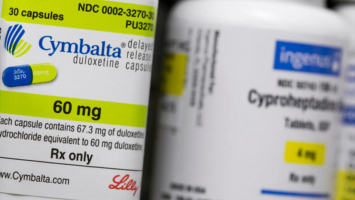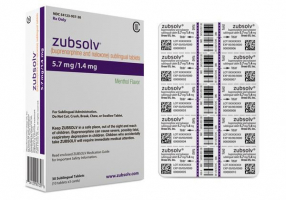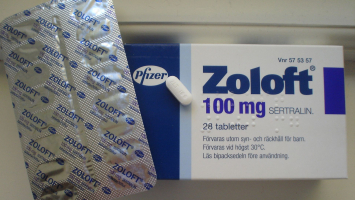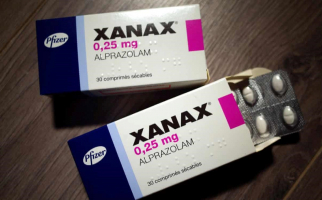Top 10 Things Homeowners Need to Know About HVAC Maintenance
Maintaining the condition of your HVAC system is critical as a homeowner. Malfunctions can be extremely inconvenient at best, and at worst, they can cause ... read more...significant property damage and life-threatening conditions. In this article, Toplist will list several things homeowners need to know about HVAC maintenance.
-
One of the simplest ways to ensure your home's heating and cooling system runs smoothly is to keep the surrounding area clear of debris, furniture, plants, and other impediments. Any object placed near your HVAC unit can obstruct airflow, reducing energy efficiency and requiring your HVAC system to work harder than necessary.
This holds true for both outdoor components such as air conditioning condensers and indoor components such as your furnace. Keep furniture, plants, and other objects at least 2 feet away from HVAC components indoors. Keep a two-foot radius around any HVAC components free of vegetation, sticks, and dirt.
Keeping your HVAC system clear entails more than simply removing nearby objects. You will also need to keep the system clean by removing accumulated dust and debris from ducts, supply vents, filters, supply, and return registers, and other easily accessible areas to maintain good energy efficiency and high air quality.
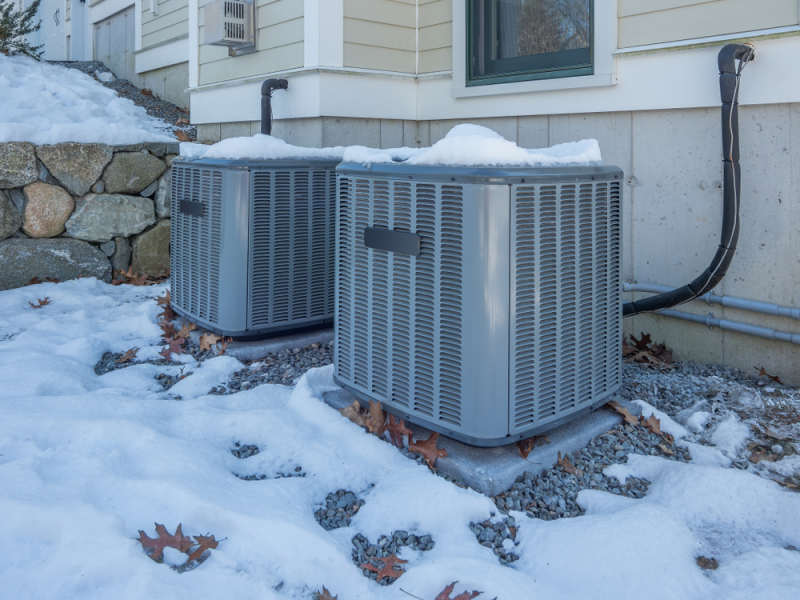
Keep the area around your HVAC unit clear 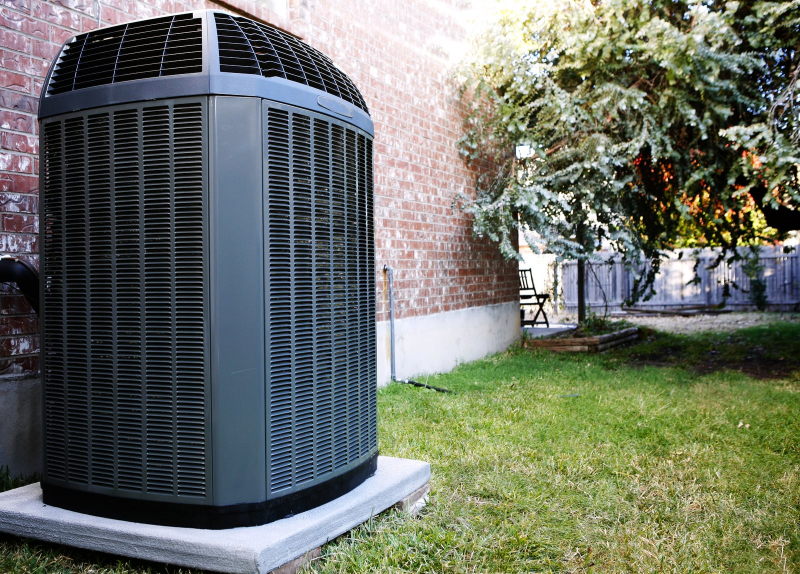
Keep the area around your HVAC unit clear -
A dirty HVAC system is more than just a financial drain; it is also a health risk for you and your family. The air that circulates through it picks up contaminants and, in extreme cases, can spread toxins or bacterial infections throughout your home. That is why it is important to clean your HVAC system on a regular basis.
Outdoor equipment, such as your air conditioner's condenser or the outdoor portion of your heat pump, will require more frequent cleaning. Turn off the power to your outdoor unit before cleaning. Brush away any debris that has accumulated on the unit's exterior, paying special attention to any vents that take air in or out. Trim any branches, shrubs, bushes, or grass within two feet of the HVAC unit.
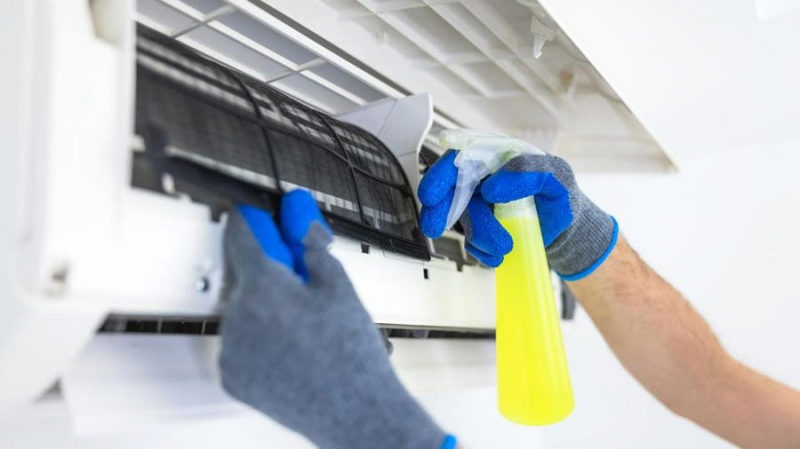
Clean outdoor equipment regularly 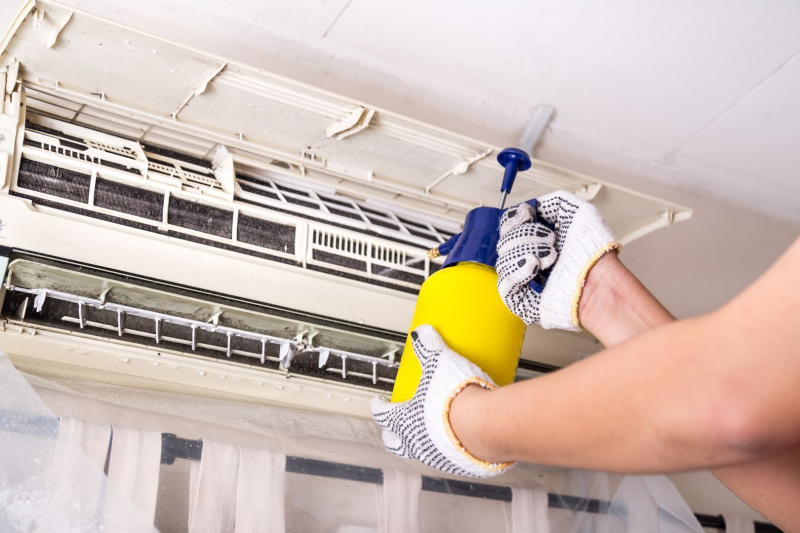
Clean outdoor equipment regularly -
Dust and other debris will accumulate more slowly indoors, but it will still have an impact on the overall efficiency and sanitation of your HVAC system. Check for dust buildup on your HVAC system's components and clean them on a regular basis.
An additional step is required for air conditioning units. You should clean your air conditioner's condensate drain with bleach once a year or so to remove any impurities that may otherwise build up and clog it, causing water to build up inside your cooling system.
To clean a condensate drain, turn off your air conditioner and disconnect the drain line. Pour a cup of bleach down the drain to remove any organic buildup. To safely disconnect the drain line, consult the owner's manual for your system.
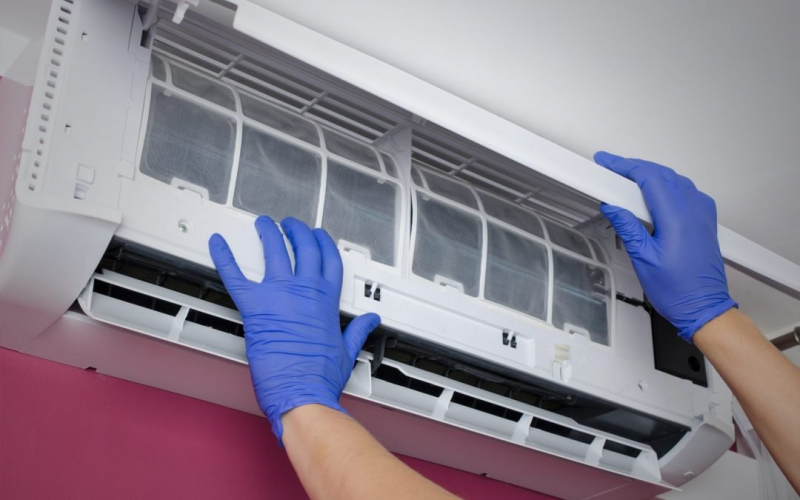
Clean indoor equipment occasionally 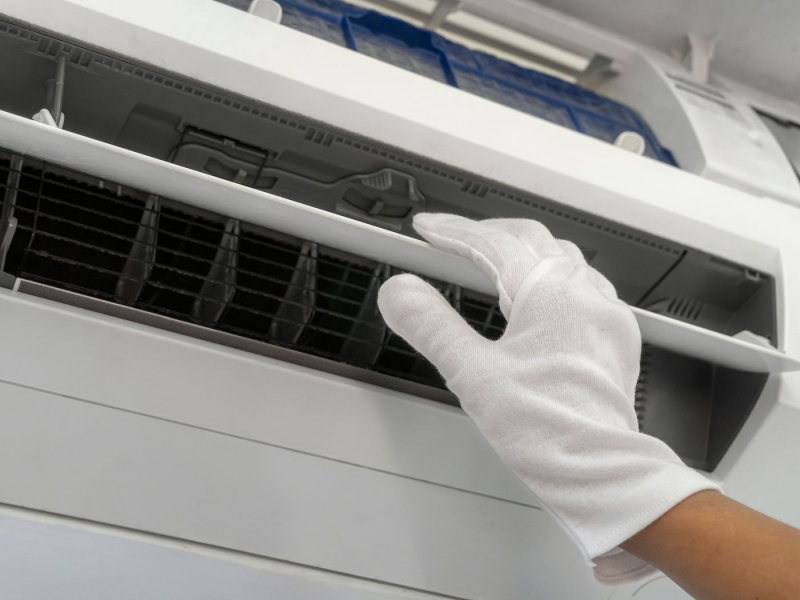
Clean indoor equipment occasionally -
Your HVAC system operates by sucking in air and then heating or cooling it as needed. To do this effectively, its air filters must be replaced on a regular basis. While most manufacturers provide guidelines for how frequently to replace your air filters (typically every 90 days), the actual timing will vary greatly depending on air quality. If you live in an area where wildfire smoke, volcanic ash, or other airborne contaminants are common, you may need to replace the filter more frequently.
You can perform a quick visual inspection to see if your filter needs to be replaced. Remove the air filter and place it in front of the light once a month. It's time to replace the filter if you can't see the light through it. If the filter fails your visual inspection, replace it as soon as possible, but always replace it within 90 days.

Replace the filters when they get dirty 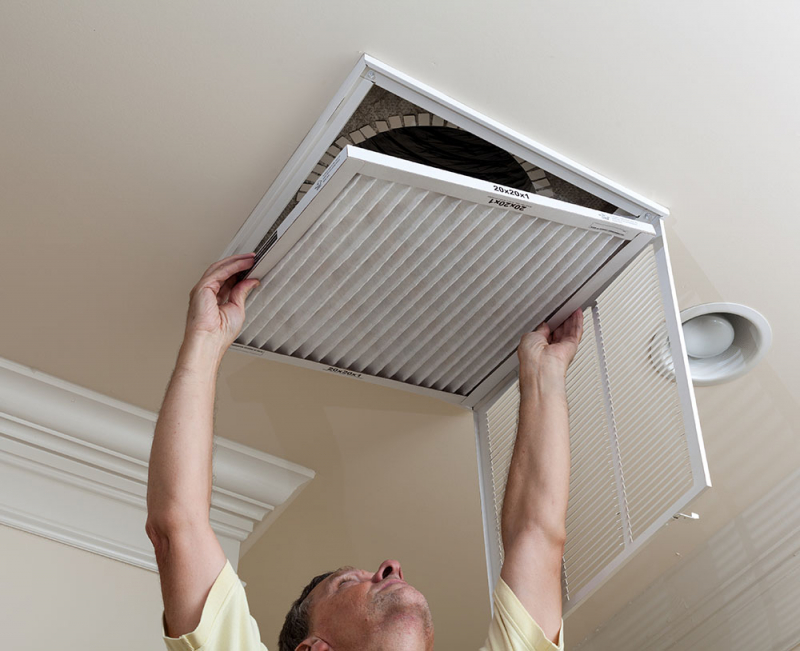
Replace the filters when they get dirty -
Maintaining a simple schedule that reminds you when and how to care for your HVAC system is a good idea. Let's check for debris, dirt, or vegetation on or near outdoor HVAC components on a monthly basis; check for dust buildup and obstructing objects around indoor HVAC equipment on a monthly basis; perform a visual inspection of your air filters and replace them as needed; inspect your carbon monoxide detectors and replace any dead batteries.
Seasonally, if you haven't already, replace your air filters according to the manufacturer's instructions and schedule a professional inspection. Additionally, clean the condensate drain line of your air conditioner with bleach and replace all batteries in your home's carbon monoxide detectors.
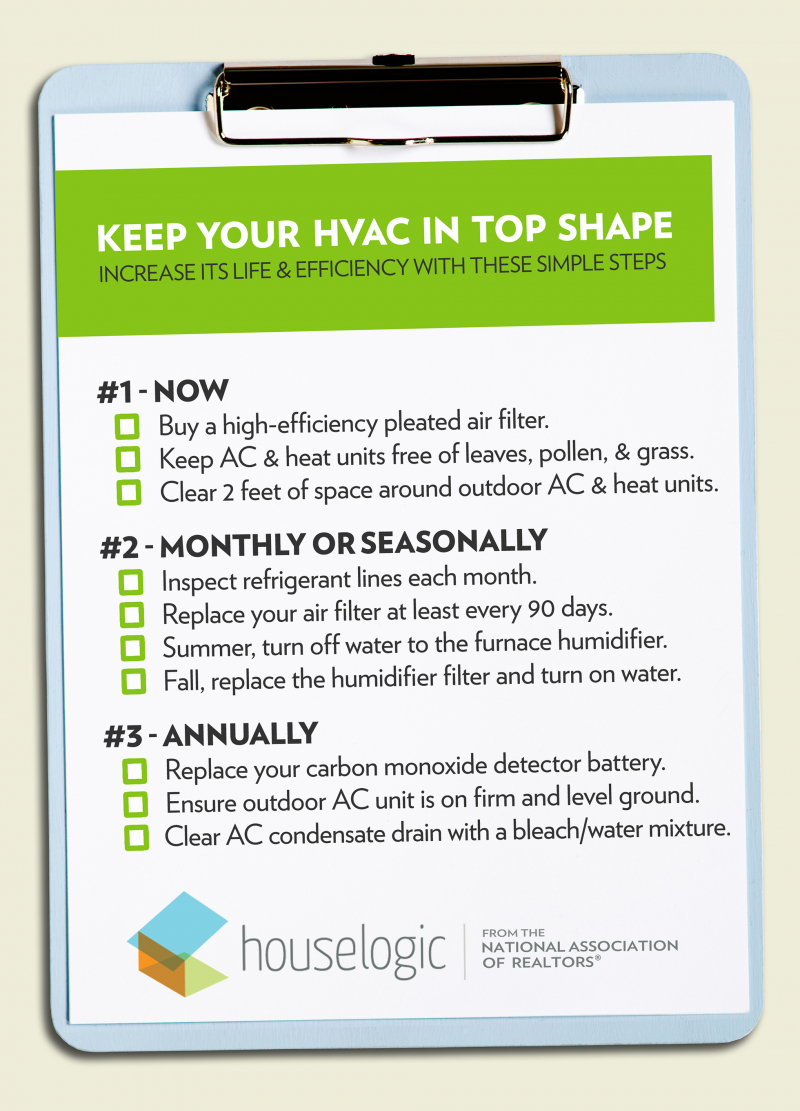
Keep a regular HVAC maintenance schedule 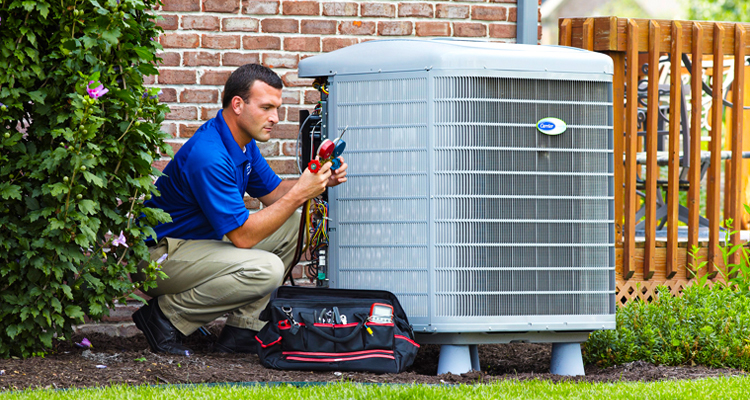
Keep a regular HVAC maintenance schedule -
In addition to everything you can do yourself, it is critical to have your system inspected by a professional at least twice a year: once when you switch from heat to air conditioning for the summer, and again when you switch back.
The professional will perform a variety of tasks that would be difficult or dangerous to perform on your own, such as checking electrical connections, lubricating moving components, inspecting capacitors, and so on. Individual prices vary, but a typical inspection should cost between $75 and $150.
Before inviting anyone into your home, you should read the guide on how to ensure an HVAC specialist is legitimate and educate yourself on the top money-saving tips when using an HVAC professional.
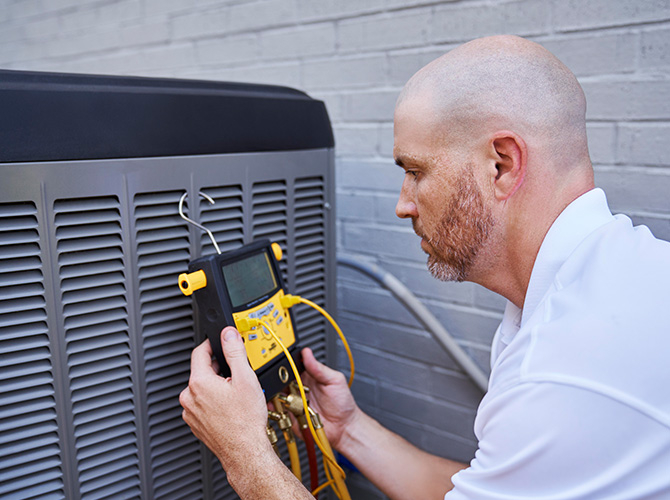
Practice preventative maintenance to save money 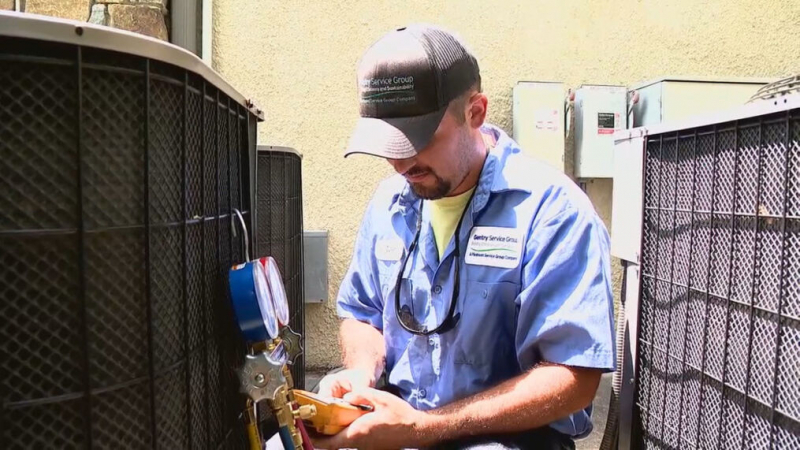
Practice preventative maintenance to save money -
Spending $75 to $150 twice a year may appear expensive, but maintaining your maintenance helps prevent a variety of problems, including ignition problems, thermostat malfunctions, overheating, and water leaks.
Replacing a broken thermostat can easily cost $150 or more, while other more sophisticated components can cost hundreds or even thousands of dollars. In addition, replacing your entire HVAC system can easily cost $7000 to $10,000. As a result, spending a little time and money on preventative maintenance will save you a lot of money in the long run. Signing up for a home warranty plan that covers HVAC systems can help you save even more money. This plan is ideal for landlords looking to protect a tenanted property due to the minimum registration requirements.
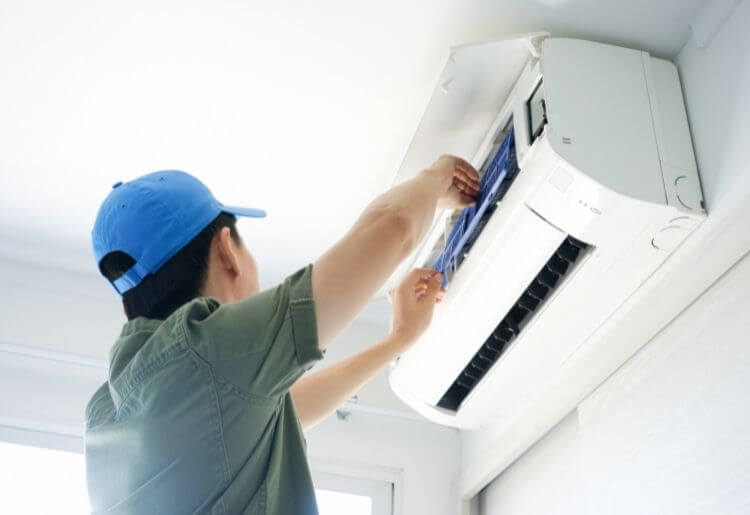
Avoid expensive repairs with regular maintenance 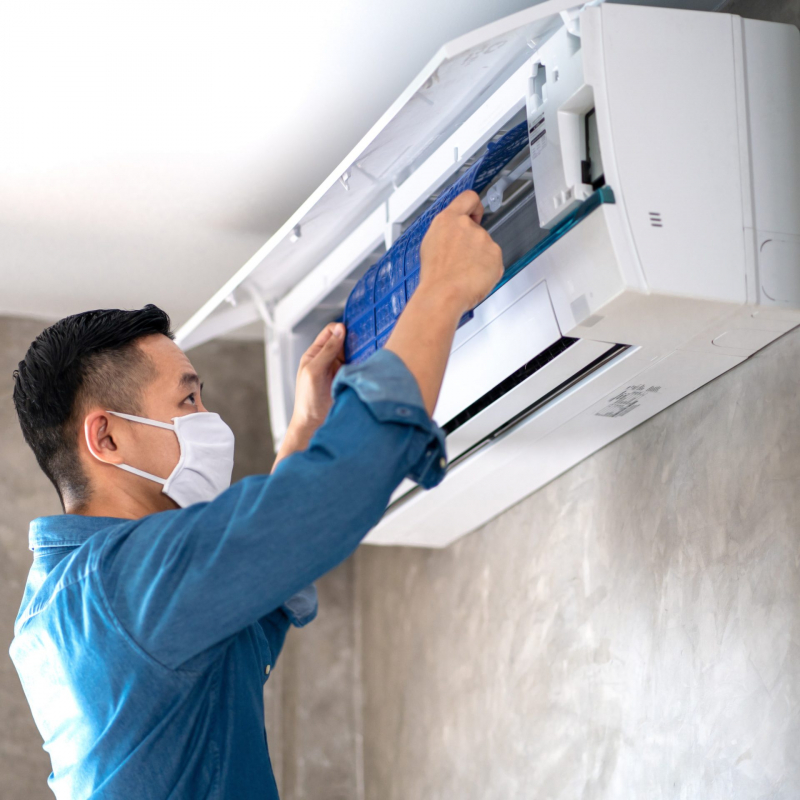
Avoid expensive repairs with regular maintenance -
In addition to your regular monthly payments, you should keep an eye on your power bill for unexpected increases. Reduced energy efficiency due to a faulty component can force your HVAC system to work harder than usual to heat and cool your home, consuming more energy.
You should check the air filters and the condensate drain, and remove any obstructions around your HVAC equipment if you notice an unexplained increase. If the problem has not been resolved by the end of the month, let's contact a professional.
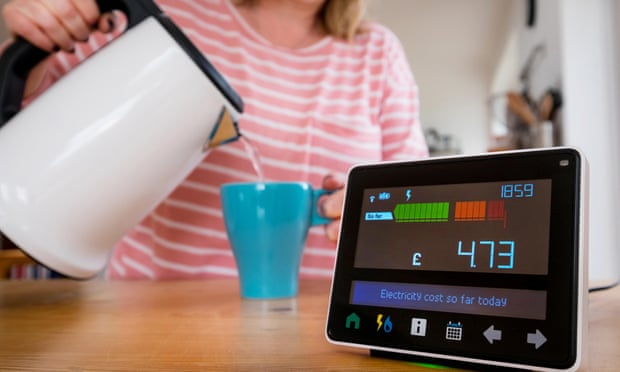
Monitor your energy costs 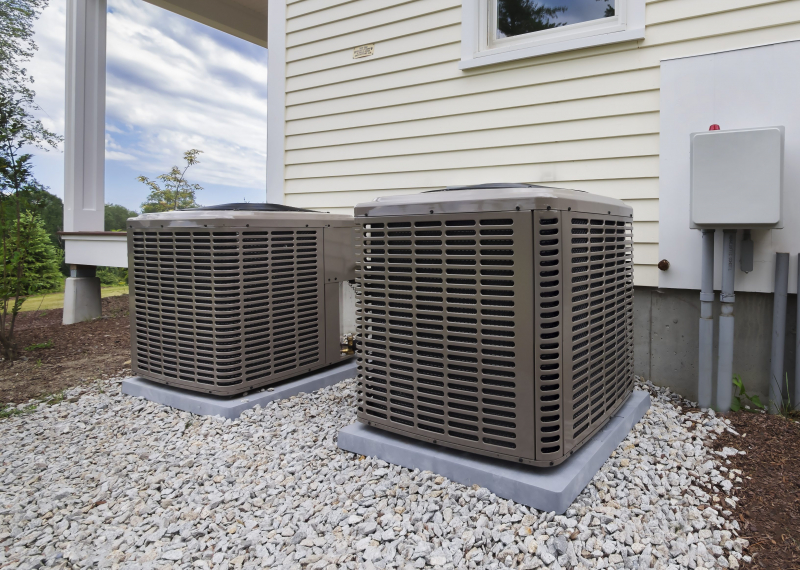
Monitor your energy costs -
If you notice any fluid buildup near the unit or hear any escaping air while inspecting your HVAC system, this could be evidence of a leak. Leaks are always a problem. If you are unsure about patching a leak yourself, contact a professional and explain the situation.
However, most leaks can be easily repaired with weather stripping or caulk. First, you must identify the source of the leak. Next, cover it with a strip of weather stripping adhesive. Push it in gently at first, then more firmly once you see that the system is no longer leaking. Apply a small amount of caulk to the gap instead for minor or irregularly shaped leaks.
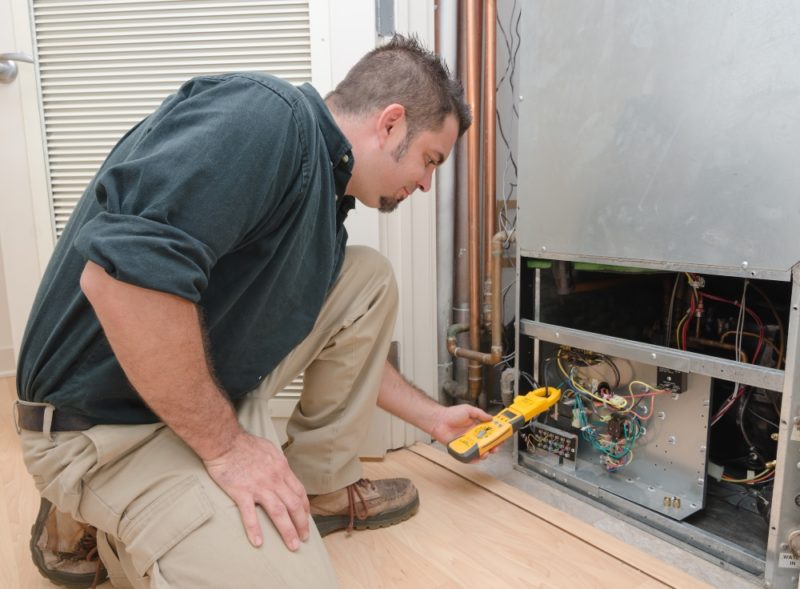
Check for leaks 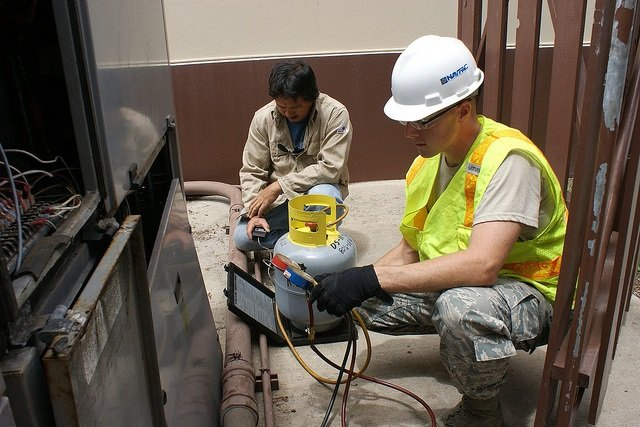
Check for leaks -
If your home has inadequate insulation, even the best HVAC system in the world will struggle to keep up. Heating accounts for approximately 29 percent of your utility bill, according to the Department of Energy. In an uninsulated home, this amount can easily double, and it will be higher in an improperly insulated one.
When discussing insulation, one term that is frequently used is R-Value. The higher the resistance, or R-Value, of your home, the better. If the R-Value of your home is adequate for your climate zone, your HVAC system should have no problem keeping you warm in the winter and cool in the summer. You can use this Home Energy Saver calculator to determine the recommended R-Value for homes in your area based on zip code.
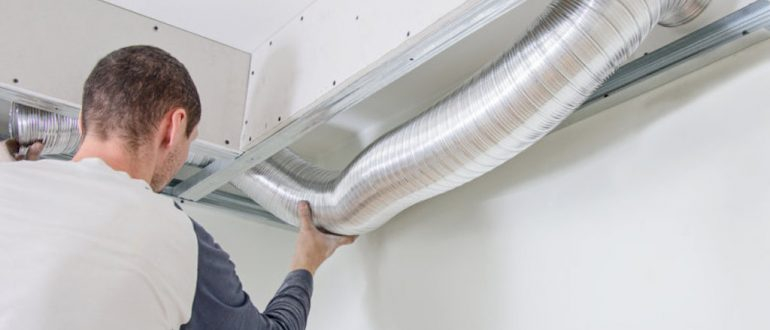
Invest in good insulation 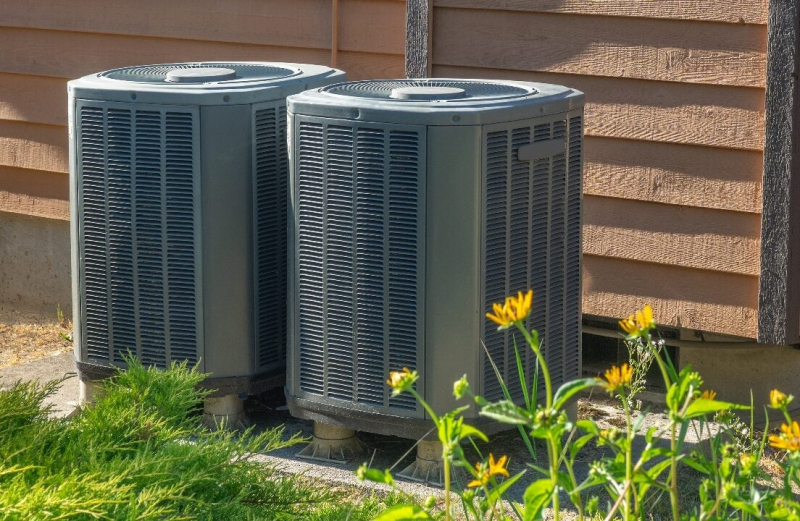
Invest in good insulation

















